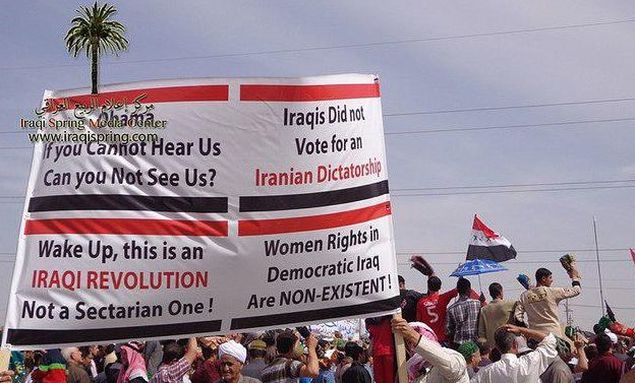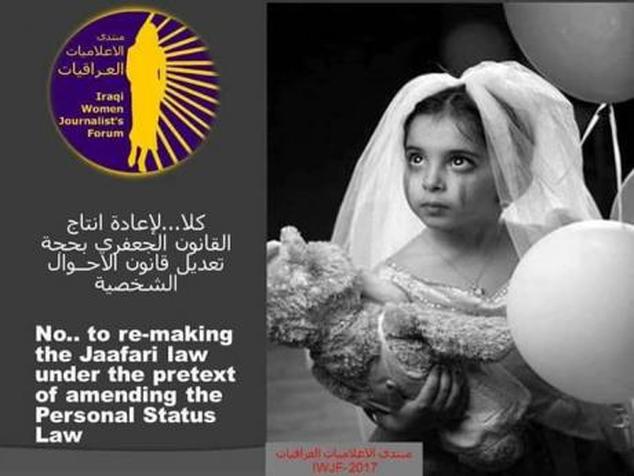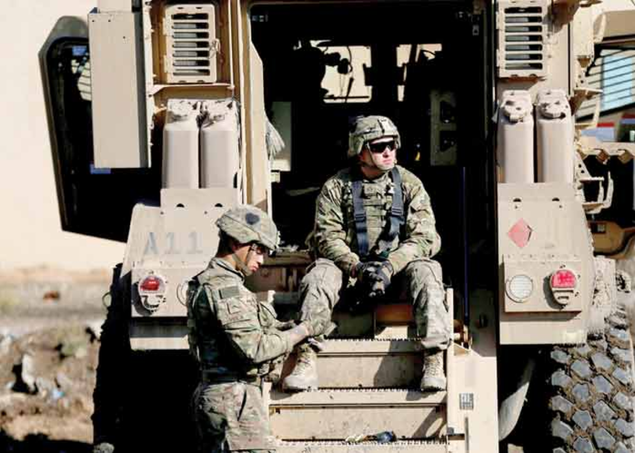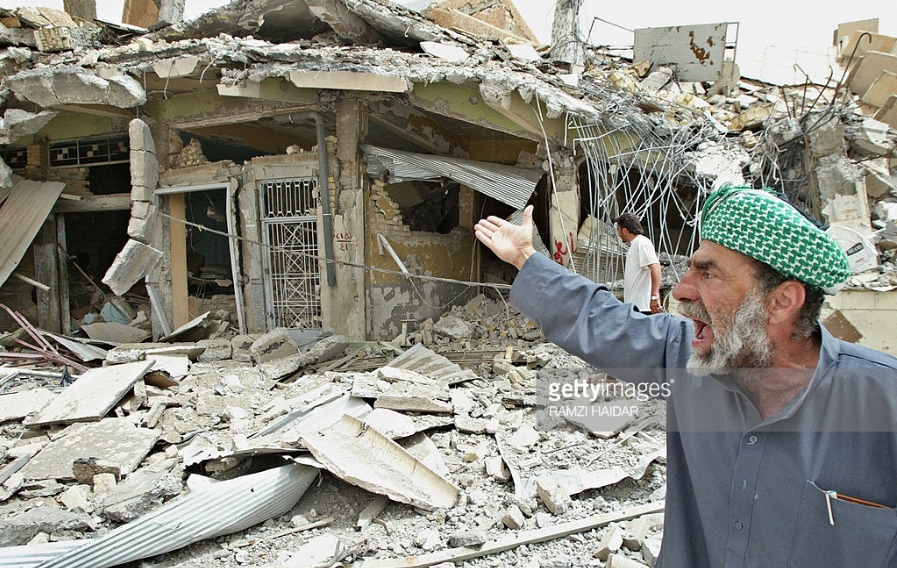Known locally as the Iraqi Spring, it erupted as crowds of protests flooded the streets of Iraq with years of bottled-up anger and frustration against the ruling establishment, headed at the time by prime minister Nouri al Maliki. The fires of discontent lit in Baghdad spread wildly, and reached a total of 11 different cities. Iraqis, in solidarity with their Arabs brothers and sisters, staged their own ‘Day of Rage’.
Protests turned violent, prompted by the government’s heavy handed response. The squares, sports stadia, mosques and urban centres occupied by civil society, were soon bloodied, as dozens were killed by Maliki’s security forces. The protest movement spoke in the name of only one community — neither Sunni, Shi’i or Kurdish — but Iraq, despite state efforts to vilify participants as terrorist sympathisers. Even Maliki’s televised plea urging people to stay home, to soothe the internal crisis, fell on deaf ears.
The escalating nationwide protests took a violent turn after Maliki’s men fired at unarmed protesters, killing dozens, but this only strengthened their resolve. Men in Fallujah and Mosul were gunned down in daylight, but momentum continued to build.





 RSS Feed
RSS Feed